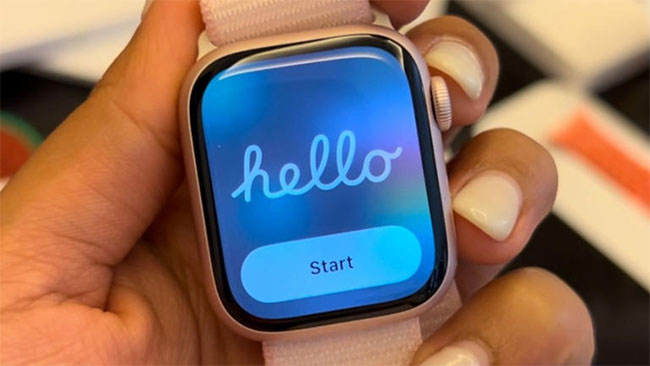
Apple Watch may soon come with built-in camera to power AI features
- 24.03.2025 11:01
- adaderana.lk
- Keywords: AI, Apple
Apple is developing an Apple Watch with built-in cameras to enhance AI features like Visual Intelligence, targeting a 2027 release. The move aims to integrate AI across devices, reducing reliance on external services and improving functionality.